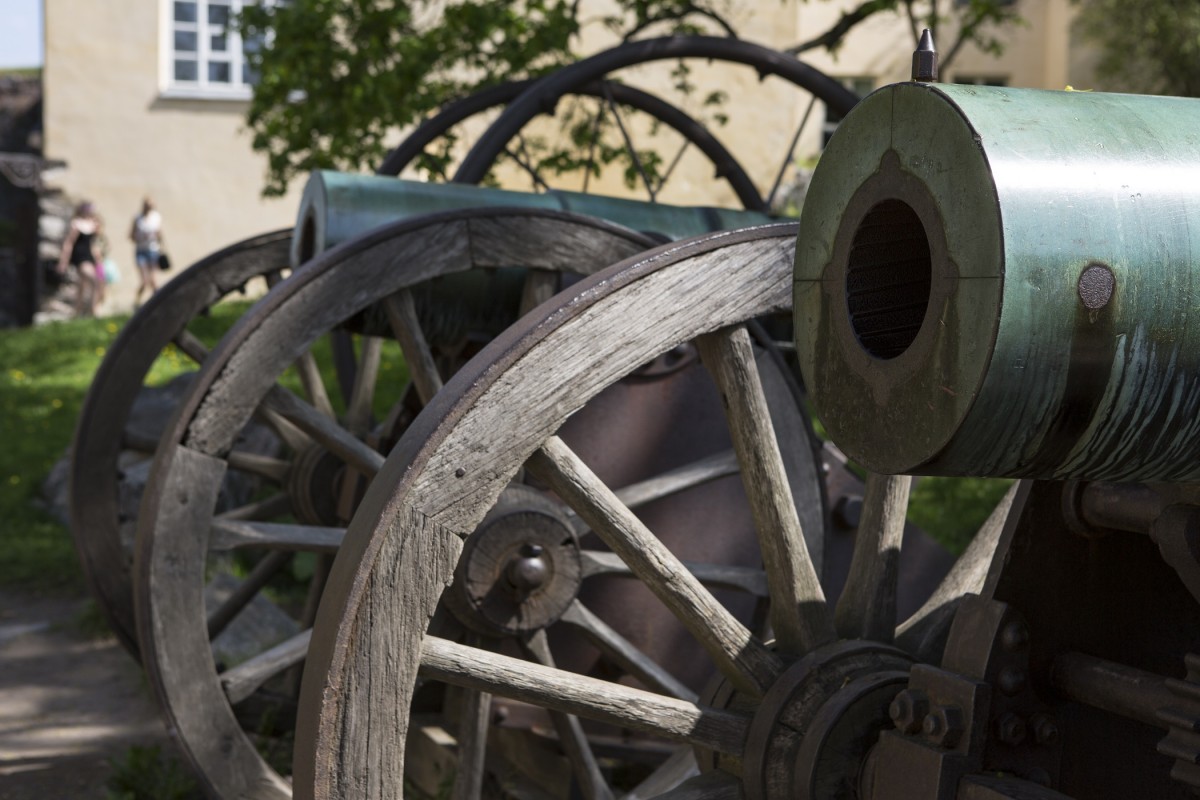
Fortress and history
The Russian era
In May 1808, the Viapori fortress surrendered to the Russians, which marked a new era in the history of the fortress. After the Swedes vacated the fortress, Viapori along with its ships and equipment was transferred under the rule of the Russian Imperial Government. The following year, Finland became an autonomous Grand Duchy of Russia, but Viapori remained a military base under Russian administration.
The Russians valued the Viapori fortress and made big plans for it. The fortress perimeter was expanded to Santahamina, Kuningassaari and Vallisaari. Barracks to house soldiers were built in the fortress, and an Orthodox garrison church designed by Konstantin Ton was completed.
Viapori falling into decay and under bombardment
The military importance of the fortress declined over the course of the 1800s. The maintenance and renovation of the fortifications were neglected due to a lack of funds, and Viapori fell into decay.
It was not until the run-up to the Crimean War (1853–1856) that the condition of the fortress began to raise concerns. War broke out between Russia and Turkey, but England and France soon joined forces with the Turks. A combined Anglo-French fleet bombarded Viapori for two days in August 1855, and Viapori sustained heavy damage in the bombardment.
In the late 19th century and the early years of the 20th century, the fortifications of Viapori were repaired. However, Viapori continued to decline in importance, and ultimately it was just one Russian fortress among many.
Part of Peter the Great’s Naval Fortress
In summer 1906, inspired by revolutionary unrest in Russia, a mutiny erupted in Viapori. The mutineers attempted to bring the fortress under their control and partly succeeded. However, the mutiny was defeated in four days.
During the First World War (1914–1918), Viapori formed part of what was known as the Naval Fortress of Peter the Great, designed to protect the Russian capital St. Petersburg.
With the Russian Revolution and Finland’s independence, Viapori was taken over by the newly founded Finnish government in 1918 and renamed Suomenlinna (‘Castle of Finland’).
Online Exhibition displays Suomenlinna during its Russian period and it will be republished when the Suomenlinna.fi website is renewed.
